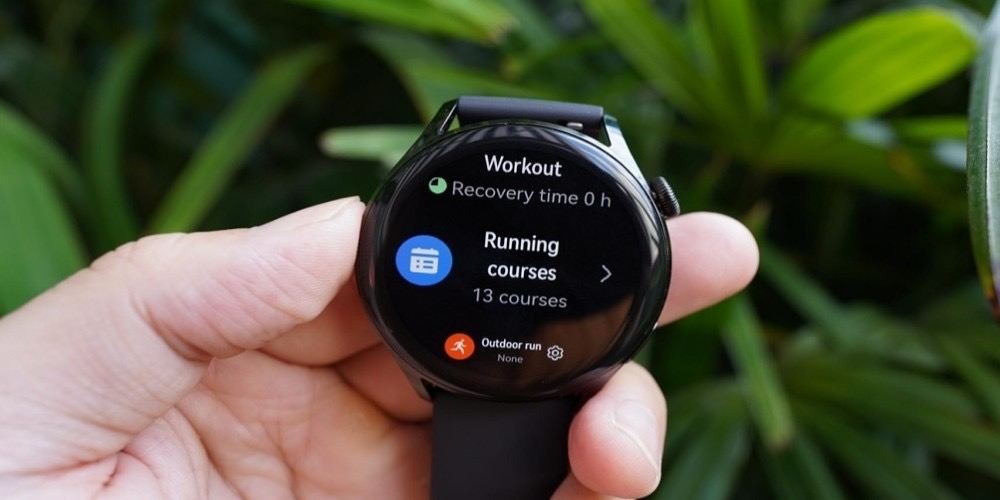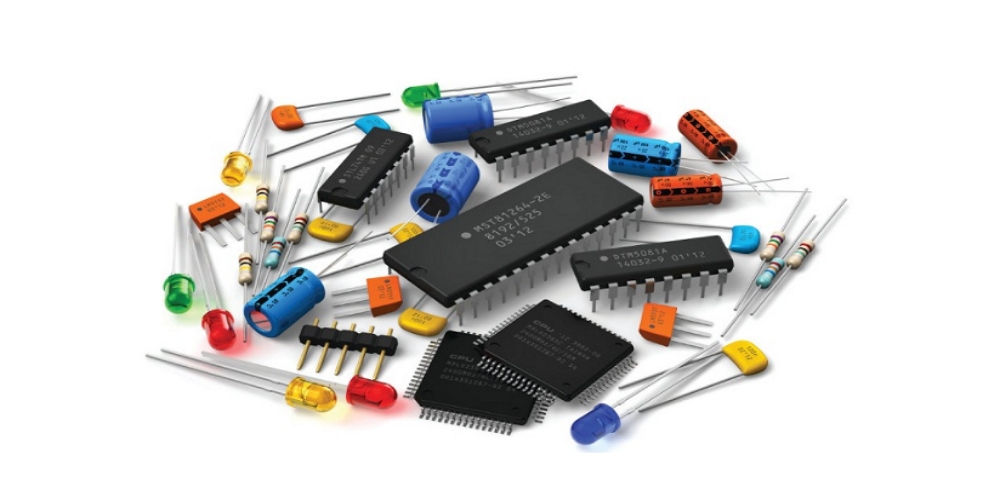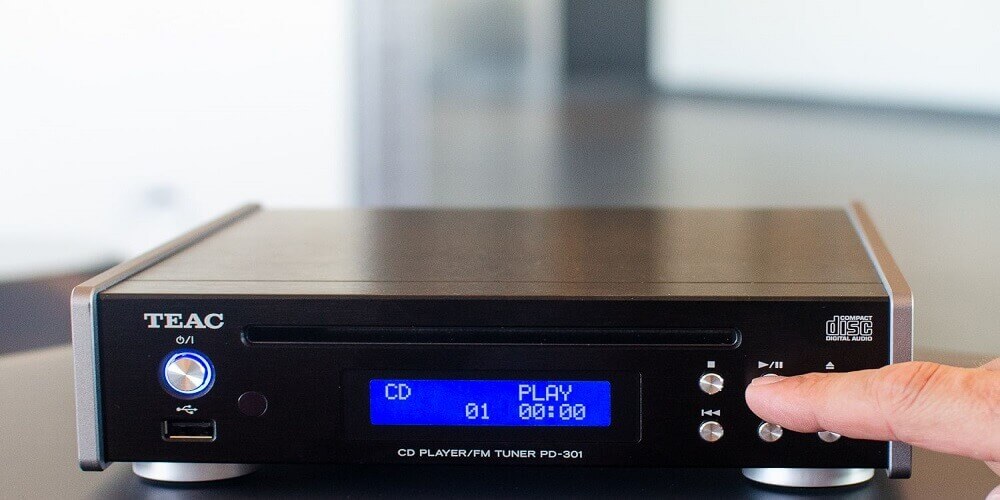Vehicles have so many devices and parts that only a few people know and understand how they work. Driving a car can be risky since predicting what will happen next is next to impossible. The car might develop a problem that you can’t tell just by looking at it. It may also produce noises from the engine or any other part, and you don’t know exactly what wrong. Installing a GPS tracker in the obd device helps to monitor the car’s location as well as diagnose some of these problems. In this write-up, we discuss everything you should know about an OBD device.
What is the Meaning of OBD Device?
OBD stands for On-Board Diagnostic device system that enhances the interaction between the car and any electronics located on the exterior. The OBD devices work alongside any efficient and reliable tracking system to know if the car is functioning well or not.
How Does the OBD Device Operate?
Any car model has a particular number of sensors that send signals to the Engine Control Unit (ECU). ECU is a form of computer usually connected to the car and receives signals from sensors like engine sensors, pressure sensors, and temperature sensors within the vehicle. The computer gathers all the data then combines them to form the required fixtures needed in the vehicle’s elements.
The information given by the car sensors is supposed to give an alert in case the car has any problems and need fixing. However, sometimes this data seems complex and difficult to understand, so a code known as DTC or Diagnostic Trouble Code is saved to read the car’s issues. A specific signal is also sent to monitor the operations of the engine. Light is put on, and if it flickers or stays fully on and doesn’t go off, then it’s an indication that the engine has a problem and needs immediate fixing.
What are the Benefits of an OBD Device?
This device has several advantages, including;
1. Identifying the Cause of Problems in the Car
Nowadays, vehicles are being manufactured using high technology, so it has become hard to identify or fix problems arising from vehicles. In the past years, the mechanism used to construct cars was simple; thus, it was easy to know what was wrong, and fixing was straightforward. The OBD device helps one to know exactly what’s wrong easily and quickly.
2. Vehicle Compatibility
OBD devices can be used in multiple vehicles and still function well. This is why a single tracker can be used in several vehicles by simply disconnecting from one and attaching it to the other car.
3. Ease of Use
The design of the device is simple; hence it’s easy to use in your vehicle. It is plugged into the diagnostic port, and the results are relayed on the screen. The process is convenient and saves so much time.
Conclusion
Every car should have an OBD device for fast problem diagnosis and fixing. It helps keep the car in proper condition, enhances its safety, and is convenient for use in all cars.










